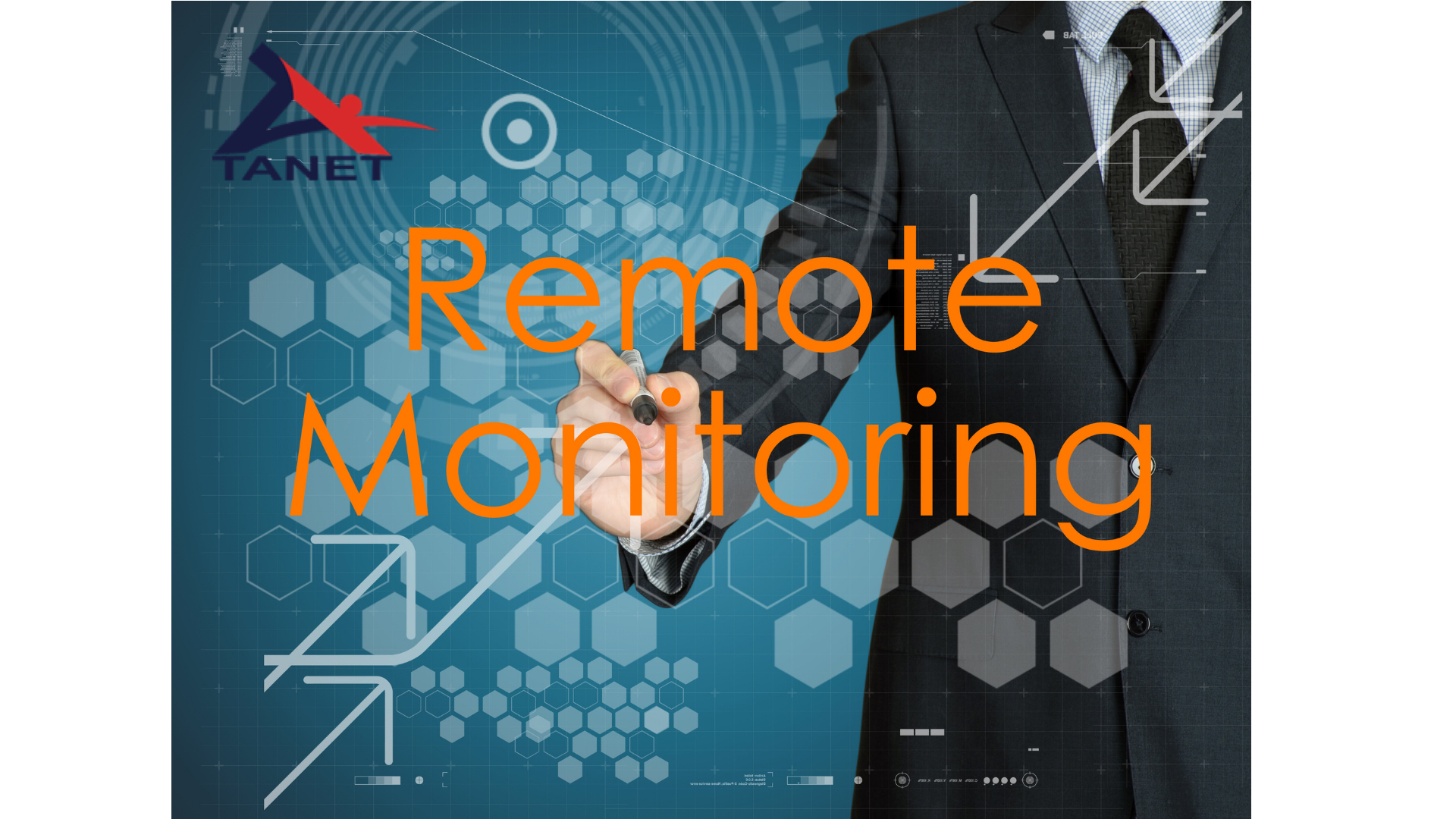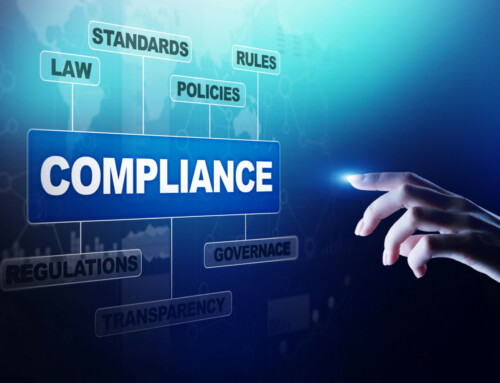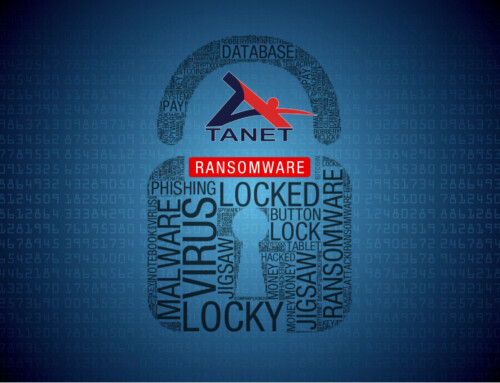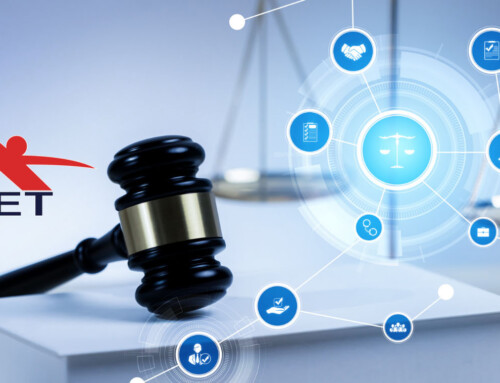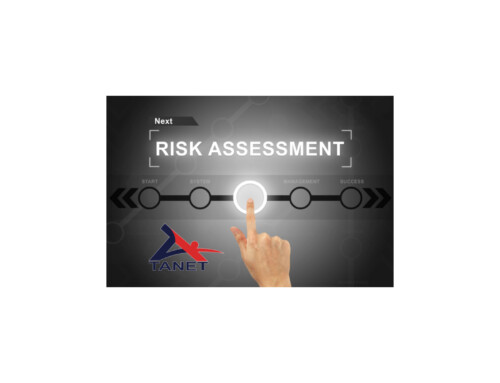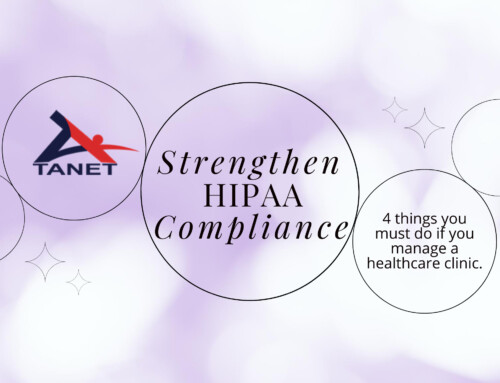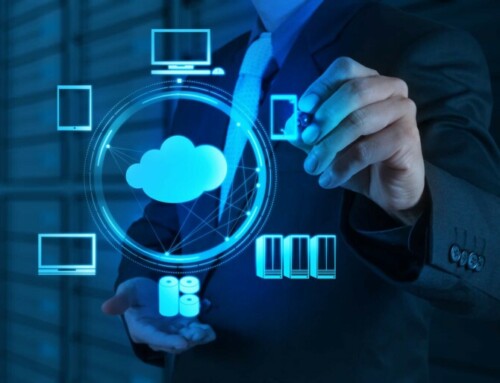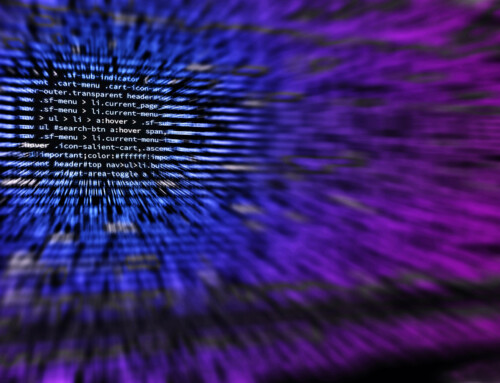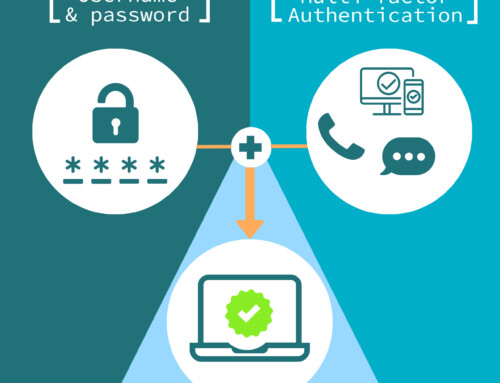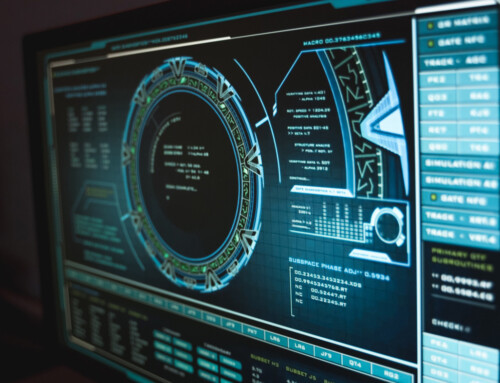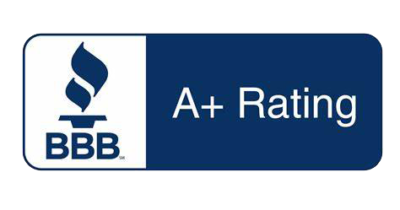In today’s fast-paced digital landscape, the effective management and monitoring of technology infrastructure are paramount for organizational success. With the rise of remote work and distributed teams, ensuring the seamless operation of IT systems has become more challenging yet crucial than ever before. This is where remote monitoring steps in as a game-changer, offering a plethora of benefits that can elevate your organization’s efficiency, productivity, and security.
- 24/7 Monitoring, Anywhere, Anytime: Remote monitoring enables real-time tracking and oversight of your entire IT infrastructure, regardless of your physical location. This round-the-clock vigilance allows for immediate detection and resolution of potential issues, minimizing downtime and ensuring uninterrupted business operations. By proactively identifying and addressing issues before they escalate, remote monitoring helps maintain optimal system performance and user satisfaction.
- Proactive Issue Resolution: Traditional IT support often relies on reactive approaches, where problems are addressed only after they’ve occurred, leading to costly downtime and productivity losses. Remote monitoring flips this narrative by adopting a proactive stance. By continuously monitoring key performance metrics, such as network traffic, server health, and application performance, IT teams can anticipate and mitigate potential issues before they impact users. This proactive approach not only enhances operational efficiency but also reduces the likelihood of critical system failures.
- Enhanced Security Posture: With cyber threats evolving in sophistication and frequency, cybersecurity has emerged as a top priority for organizations across industries. Remote monitoring plays a pivotal role in bolstering your organization’s security posture by providing real-time threat detection and response capabilities. Through constant monitoring of network traffic, system logs, and security events, IT teams can promptly identify suspicious activities or breaches and take immediate action to mitigate risks. Additionally, remote monitoring facilitates timely software updates, patch management, and vulnerability assessments, reducing the likelihood of successful cyberattacks.
- Optimized Resource Utilization: Remote monitoring offers valuable insights into the utilization of IT resources, enabling organizations to optimize their infrastructure for maximum efficiency and cost-effectiveness. By tracking metrics such as CPU usage, memory utilization, and disk space, IT teams can identify underutilized resources and reallocate them as needed, preventing unnecessary expenditures on additional hardware or infrastructure. Moreover, remote monitoring facilitates capacity planning and scalability, allowing organizations to anticipate future resource requirements and scale their IT environment accordingly.
- Compliance and Reporting: In regulated industries such as healthcare, finance, and government, compliance with industry standards and regulations is non-negotiable. Remote monitoring simplifies compliance management by providing comprehensive audit trails, logs, and reports that demonstrate adherence to regulatory requirements. Whether it’s HIPAA, GDPR, or PCI DSS, remote monitoring ensures that your organization remains compliant with relevant mandates, minimizing the risk of costly penalties or legal repercussions.
In conclusion, remote monitoring represents a paradigm shift in IT management, offering unparalleled visibility, control, and security for organizations of all sizes. By adopting a proactive approach to monitoring and managing technology infrastructure, organizations can enhance operational efficiency, mitigate cybersecurity risks, and drive sustainable growth in today’s digital landscape. Embracing remote monitoring is not just a strategic imperative; it’s a competitive advantage that can propel your organization towards long-term success.

